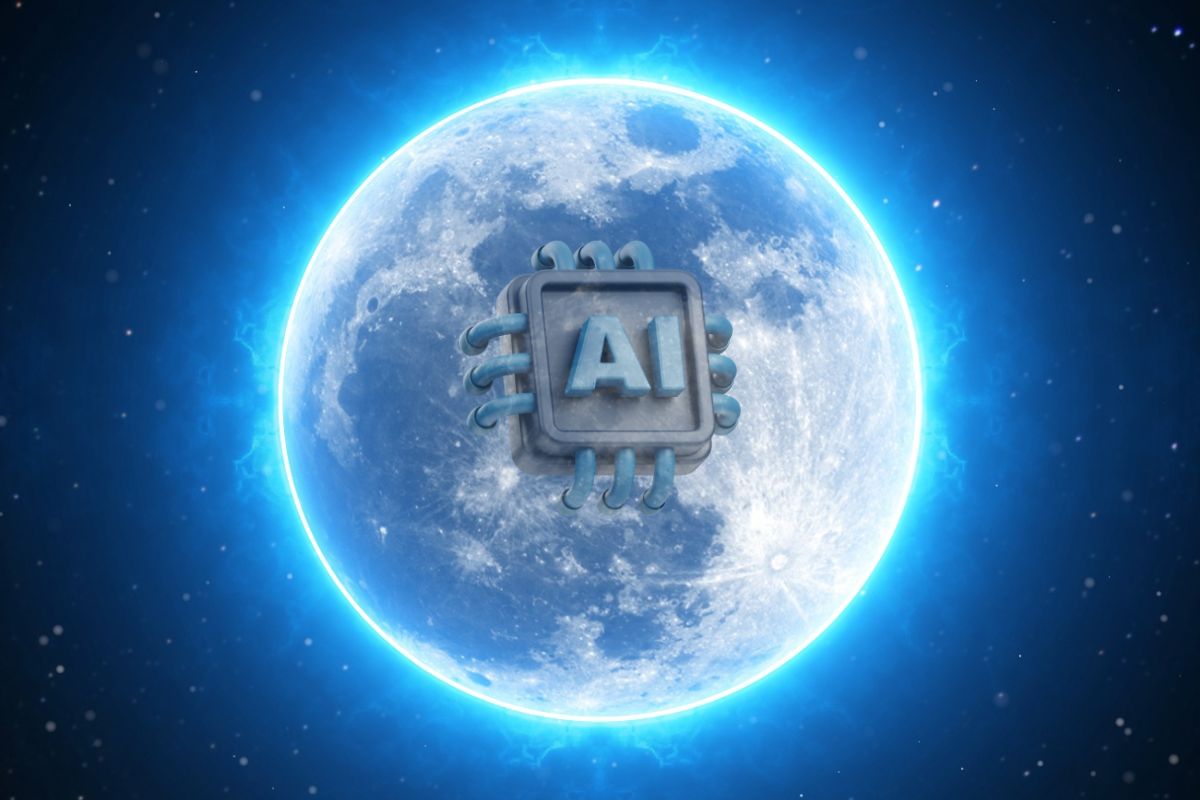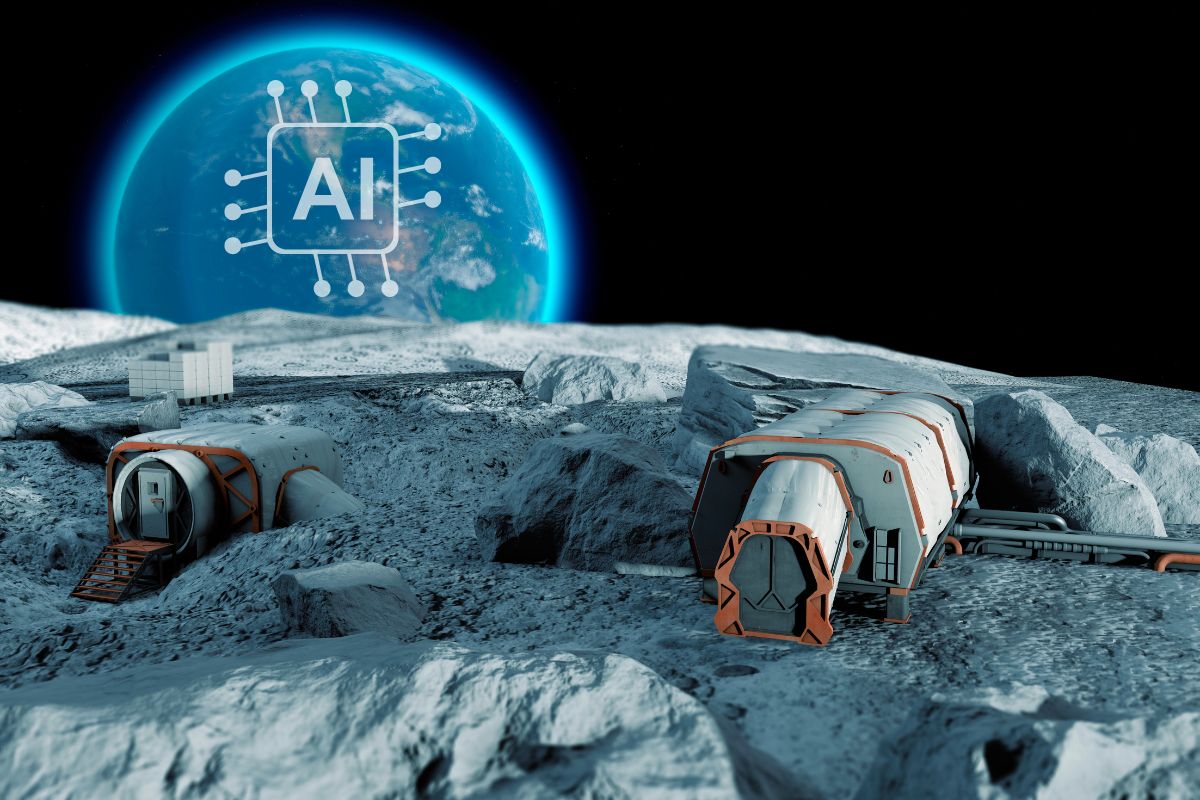The Polytechnique Montréal team are developing AI that could be part of the next step in space.
A team of researchers at the Polytechnique Montréal, a Canadian research university, are working on a new type of artificial intelligence that could one day be a part of exploration on the Moon.
The research unit, known as Astrolith, develops computers and software for exploration device applications.
Typically, this type or research has to do with drones and robots. That said, the team is now working on artificial intelligence that could go higher. Much higher – to the surface of the Moon.

“We are putting together a lot of professors, 18 professors in fact, with different expertise, so we can move forward lunar engineering in view of permanent settlement on the moon and beyond,” explained engineering professor Giovanni Beltrame, who assembled the new research unit.
Since Americans haven’t taken a rover to the lunar surface since 1972, the next technologies to go to the Moon will be considerably more advanced. Americans and Canadians are taking part in missions involving human astronauts as a part of the Artemis missions over the next couple of years. That said, today’s astronauts will have far greater goals as the ultimate intention could be to establish settlements on the Moon, which could have the potential to be a foundation for sending people to Mars.
The Canadian researchers are focusing on artificial intelligence used for lunar mining applications.
“In the future, I would say the near future, mining will be a thing because it’s very important to build settlements on the moon, so you need to mine your own resources there,” said Beltrame.
Astrolith developed technology could also be used to change the way mining occurs here on Earth. “It’s also possible that mining in space might be more advantageous than mining on Earth due to the environmental effects of mining here,” Beltrame pointed out.
The researchers are developing sensors advanced enough that it will make it possible for the robots’ cameras to create 3D maps of their environments and respond appropriately using the artificial intelligence the team is also developing as a part of this project.


